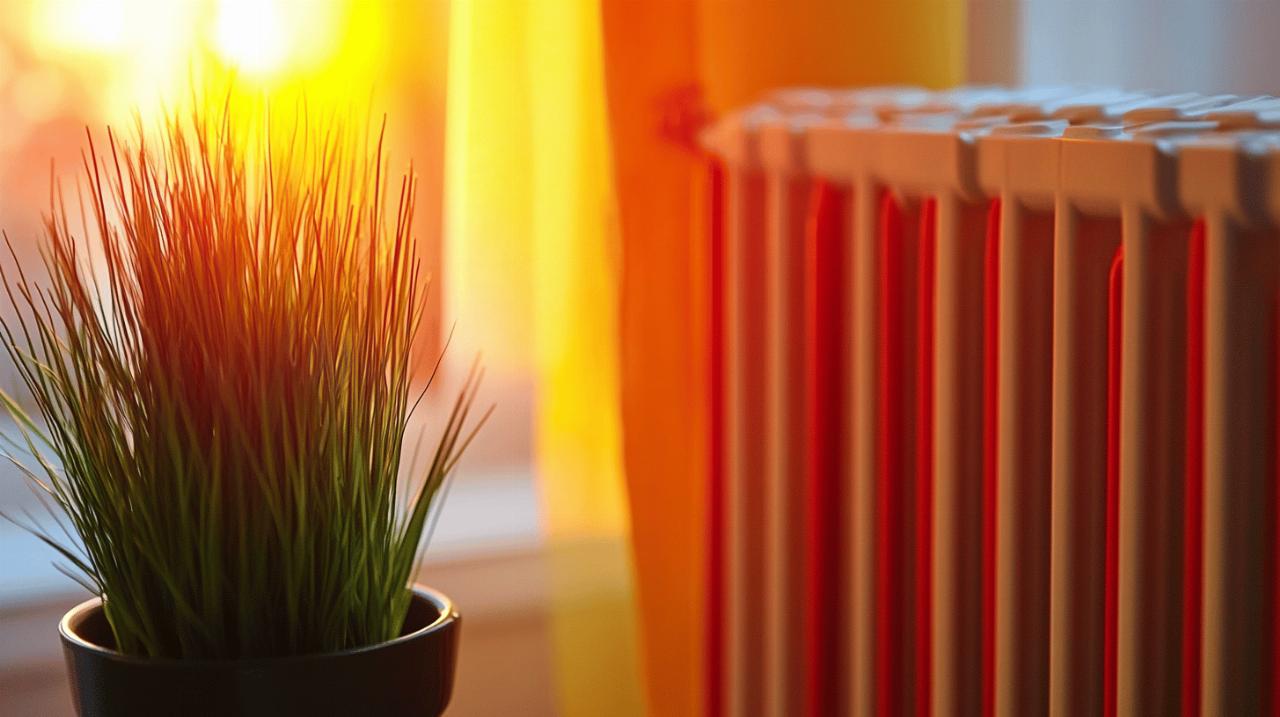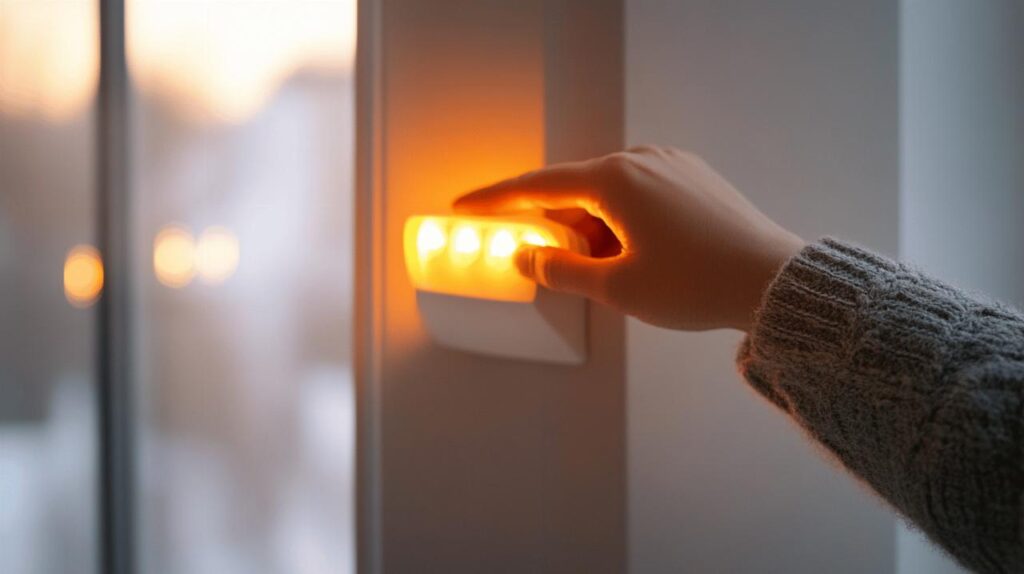Looking to trim those energy bills while improving your home's comfort? DIY energy-saving projects offer an accessible way to enhance your home's thermal efficiency without breaking the bank. With energy costs continuing to rise across the UK, these practical improvements can lead to significant savings while reducing your carbon footprint. Let's explore some straightforward projects you can tackle yourself to make your home cosier and more energy-efficient this winter.
Draught-proofing your home
One of the most effective ways to improve your home's energy efficiency is by preventing heat from escaping through unwanted gaps. Many UK homes, particularly older properties, lose a substantial amount of heat through draughts around doors, windows, floors, and chimneys. According to Kamerolli Energy Consultants, draught-proofing is among the most cost-effective energy-saving measures homeowners can implement themselves, with potential savings of up to £60 annually in Great Britain and £65 in Northern Ireland just from addressing chimney draughts alone.
Finding and sealing common draught sources
Before you can address draughts, you need to locate them. On a windy day, walk around your home with the back of your hand or a lit candle to detect air movement. Common draught sources include gaps around windows and door frames, letterboxes, keyholes, floorboards, and unused chimneys. For doors and windows, self-adhesive draught-proofing strips cost approximately £2 per metre and are simple to install. A purpose-designed letterbox brush can be fitted for around £5, while a dedicated chimney draught excluder, costing about £25, can prevent significant heat loss through unused fireplaces. For floorboards, sealing gaps can save up to £40 per room, making it a worthwhile investment for older homes with original wooden floors.
Cost-effective materials for diy draught exclusion
The materials needed for effective draught-proofing are readily available at most hardware stores and don't require specialist tools or skills to install. For windows and doors, choose foam strips for irregular gaps and metal or plastic strips with brushes for more uniform spaces. Door snakes or excluders are inexpensive solutions for the gap beneath doors, while silicone-based sealants work well for cracks in walls or around window frames. For more significant gaps around pipework or in floorboards, expanding foam provides an effective seal. These materials typically cost between £5 and £25 depending on the project, making draught-proofing one of the most budget-friendly home improvements with immediate energy-saving benefits.
Optimising your radiator system
 Your home's radiators play a crucial role in distributing heat efficiently throughout your living spaces. However, without proper maintenance and optimisation, they can waste energy and reduce heating effectiveness. Simple DIY adjustments to your radiator system can enhance performance and reduce energy consumption, helping you maintain a comfortable temperature while keeping costs down.
Your home's radiators play a crucial role in distributing heat efficiently throughout your living spaces. However, without proper maintenance and optimisation, they can waste energy and reduce heating effectiveness. Simple DIY adjustments to your radiator system can enhance performance and reduce energy consumption, helping you maintain a comfortable temperature while keeping costs down.
Installing reflective panels behind radiators
When radiators are positioned on external walls, a significant amount of heat can be lost through the wall itself rather than being directed into the room. Reflective radiator panels offer a straightforward solution to this problem. These panels, which cost around £13 to install, reflect heat back into the room rather than allowing it to escape through the wall. The Energy Saving Trust estimates that properly installed reflective panels can save approximately £25 per year on heating bills in both Great Britain and Northern Ireland. These panels work best on uninsulated external walls where heat loss is greatest. Installation is straightforward – simply cut the reflective material to size and secure it to the wall behind the radiator using appropriate adhesive or mounting brackets.
Bleeding radiators for maximum efficiency
Over time, air can become trapped in radiators, creating cold spots and reducing heating efficiency. Bleeding your radiators is a simple maintenance task that releases this trapped air, allowing hot water to circulate freely and heat the entire radiator surface. You'll need a radiator key, which costs about £3, and the process takes just a few minutes per radiator. Signs that your radiators need bleeding include cold spots at the top, unusual noises in the system, or radiators taking longer than usual to heat up. For maximum efficiency, experts recommend bleeding radiators twice a year, typically at the beginning of autumn before the heating season starts and midway through winter. This simple maintenance task requires no special skills but can significantly improve your heating system's performance and reduce energy consumption.

